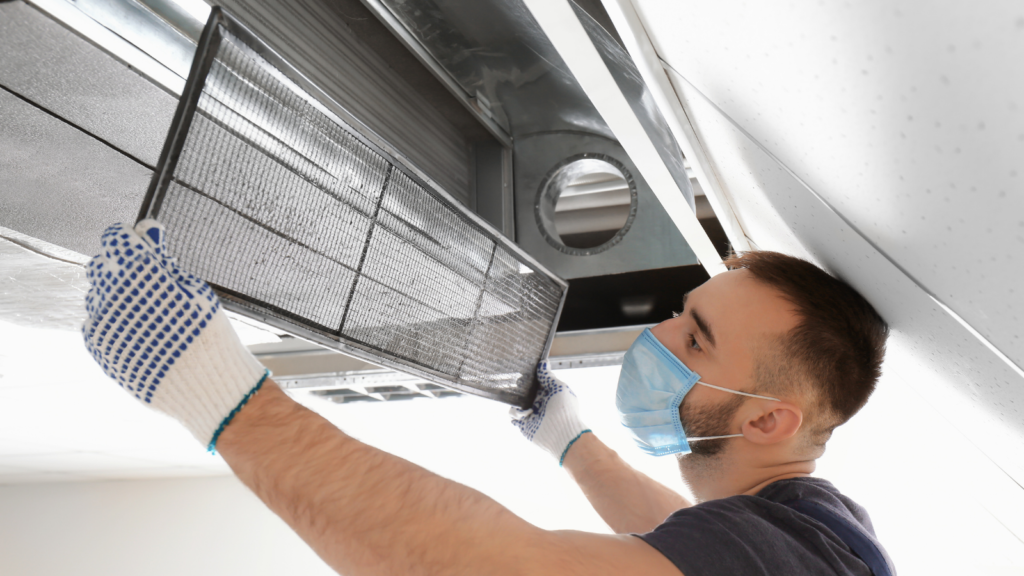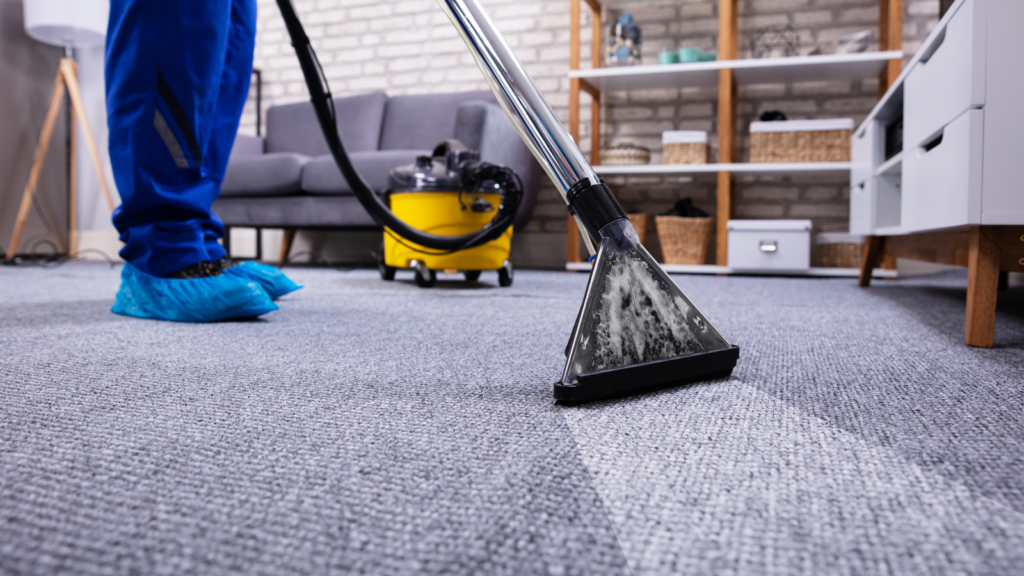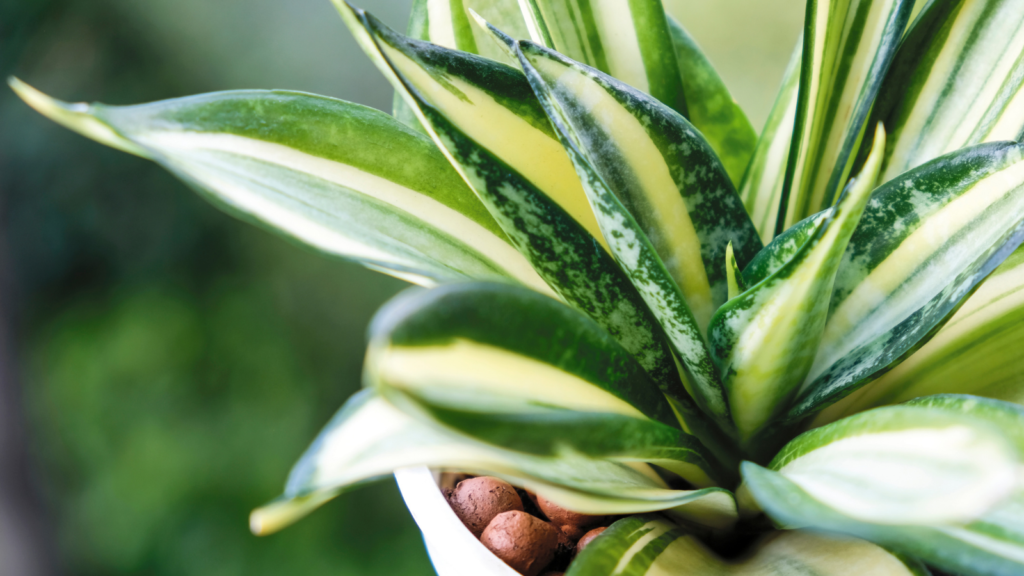Indoor Air Quality is an important issue for many homeowners. Here are 14 tips for improving the air in your home:
1. Get an air quality test
An air quality test will help you find exactly where the source of irritants, allergens, and harmful pollutants are so you can remedy it quickly and effectively. Click here to learn more about air quality tests for your home.
2. Repair or replace your ductwork
Leaky or debris-filled ductwork does not allow for proper airflow. According to the EPA, inadequate ventilation can increase indoor pollutants by not allowing enough outdoor air in and prohibits indoor air pollutants from being carried out of your home. Read more about when should you consider replacing ductwork in your home.
3. Open windows when the weather is nice
When the weather is pleasant outside, a refresh of outdoor air, which can actually be cleaner than indoor air, is a great way to sweep out any lingering pollutants.

4. Change your AC filter
When your AC filter hasn’t been changed, your system begins to clog and stop filtering out irritants, allergens, and pollutants. An older filter will also not allow for proper airflow, which is key to air quality. Read our blog to learn about different types of filters.
5. Use an Air Purifier
If you have specific rooms that could use a little boost in air quality, using an air purifier is a great way to supplement your HVAC system’s filter.
6. Keep Vents Free
Be sure to move any objects away from incoming and return vents to ensure proper airflow.
7. Use cooking vents
This is a simple but effective way to keep household pollutants low if you remember to clean your cooking vent first.

8. Clean rugs and carpets
Rugs and carpets tend to hold in a lot of pollutants. Vacuuming regularly and having your rugs and carpets professionally cleaned from time to time can keep excess dust and dirt to a minimum.
9. Control humidity
Sometimes a heating and cooling system alone cannot control humidity and dampness. This can lead to overall discomfort and often times mold. If humidity levels are too low there can be an excess of static electricity, dry lips, skin and scratchy throats. Utilizing humidifiers during the dry, colder months can rectify the lack of humidity while dehumidifiers can mitigate the damp, humid conditions found during the hot summer months. For optimal humidity level suggestions, read more here.
10. Buy air-cleaning plants
Many plants on the market clean the air of your home. Using air-cleaning plants is a great way to supplement your HVAC system’s ability to filter the air. Some options include English Ivy, Snake Plants, and Peace Lilies.

11. Clean your home frequently
Also, be sure to check high cupboards and other sneaky places where dust, pollen, and other irritants and debris may be hiding. For spring cleaning reminders, check out our blog here.
12. Go fragrance-free
Many soaps, cleaning products, and candles can decrease the air quality of your home if they have strong scents and harsh chemicals.
13. Stop using aerosols
Aerosols spread chemicals you definitely do not want to be breathing in throughout the home.
14. Consult a professional
When in doubt, have one of our professionals come by to help assess your home and come up with solutions specific to your HVAC system, home, and concerns.
Reach out to our team to talk about the best indoor air quality solutions for your home.
If your question isn’t answered here, contact the Pierce Refrigeration team, and one of our experts will guide you in finding your solution.
Need 24-7 emergency service? Looking for advice on improving your everyday air quality and comfort at home and work? Contact the friendly staff at Pierce Refrigeration at 800-696-1088 or info@piercerefrig.com.

